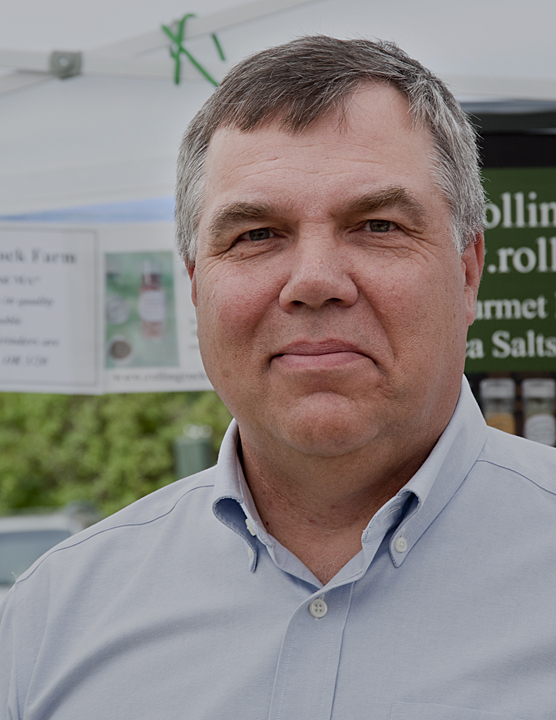Reducing Our Municipal Solid Waste
Selectman’s Corner
By Matt Riiska

I was recently on a conference call with the president of the Materials Innovation and Recycling Authority (MIRA) and representatives from the towns it serves. MIRA is the organization that handles our municipal solid waste (MSW), as well as our recyclables. Located in Hartford, it is one of five trash-to-energy facilities in the state. The focus of the meeting was to inform customers that MIRA will be shifting from incinerating the trash they collect, and creating electrical power using turbines, to shipping the trash to abandoned coal mines or landfills in Pennsylvania, Ohio and Mississippi. This decision has been made because of the cost to upgrade the plant’s aging infrastructure.
I am very disheartened by this, which I believe most of you are as well. Unfortunately, we have little choice at this time, but there are things we can do.
We as a community dispose of approximately 765 tons of MSW—garbage—per year. That equates to approximately 930 pounds of garbage per person. Although we’re below the statewide average of 1,500 pounds per person, this is still not good. Especially when you consider that we will be throwing it into our neighboring states’ backyards. To make matters worse, our per ton cost to dispose of the MSW will increase from our current $105 per ton to approximately $115 per ton. Three years ago, this figure was $81 per ton. In addition to the tipping fees at MIRA, we also pay another $22 per ton to haul our MSW to the MIRA facility.
What is the answer? There are two things we must work on. One is we need to do a better job at recycling and to be more informed consumers, limiting the waste packaging that goes with many of our purchases. The second is we need to get the Connecticut Department of Energy and Environmental Protection and our state legislators to step up their plans to refurbish the state’s trash-to-energy facilities. No matter how much we reduce what we are tossing out, we still need to recognize that we cannot continue to throw it in a pit and cover it.
To help residents recognize how much they throw away, many towns have instituted a pay-to-throw program. These programs are set up in several ways whereby the municipality sells bags of a particular size and color, and the residents use those bags at their transfer station. Others have an attendant on site to monitor what is being tossed in the bin and charge the user per bag discarded. Many of the towns who have implemented this system have had very good success. Many have seen a 40- 50 percent reduction in the amount of MSW that goes through their transfer stations. For more information, check out http://www.newmoa.org/solidwaste/projects/smart/NEWMOA_PAYT_Webinar_6-26-15.pdf.
Another recycling method to be considered is removing food waste from our MSW. As of July 1, 2020, Vermont state law bans disposal of food scraps in the trash or landfills. Food scraps include pre- and postconsumer food waste that is derived from the processing or discarding of food. These items could be used in the following ways: food donation for people in need, animal feed, composting or anaerobic digestion. Trash haulers must offer food-scrap collection services to nonresidential customers and apartments with four units or more unless another hauler is willing to provide that service. We have looked into digestors and composting, which is a service that would help reduce the volume of MSW we discard. Determining the cost and organizing the process will take some time.
Whatever method of recycling we use, or how we choose to process our MSW, we need to do it soon. MIRA’s plan to simply bury the problem in someone else’s backyard is not a plan. Let’s be good neighbors and be proactive.
Take care, stay healthy and think about our environment before you throw that trash bag into the bin at the Transfer Station.
